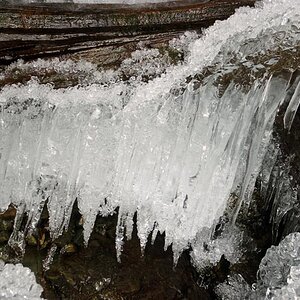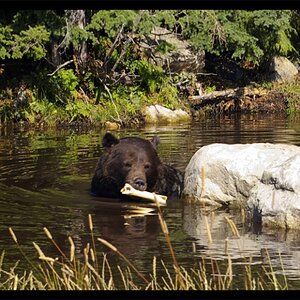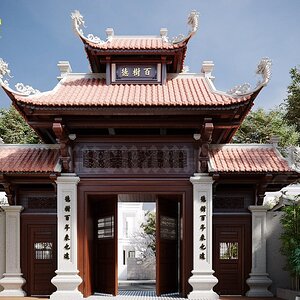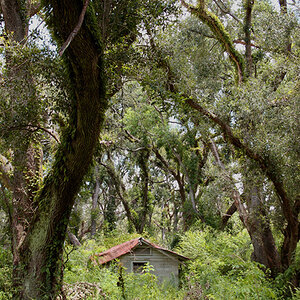lance70
No longer a newbie, moving up!
- Joined
- Oct 20, 2008
- Messages
- 289
- Reaction score
- 87
- Location
- St.Louis MO
- Can others edit my Photos
- Photos NOT OK to edit
I was wondering what focus technique everyone uses for portraits? Do you focus and recompose your shot or move your focus point? Maybe both depending on what aperture you use? Thanks 


![[No title]](/data/xfmg/thumbnail/40/40288-4d5d7a8aa74ddfceb5fb82062d9b21be.jpg?1619739409)
![[No title]](/data/xfmg/thumbnail/36/36680-2f2b1d32244516c9d5cf39af9b78b382.jpg?1619737677)
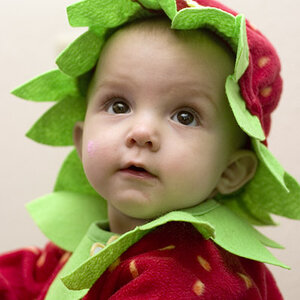
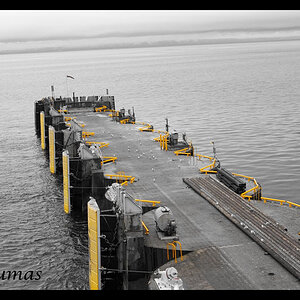
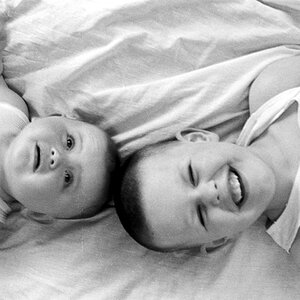
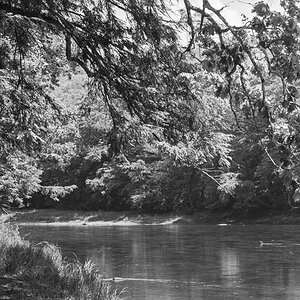
![[No title]](/data/xfmg/thumbnail/36/36681-6b091a8cd7318d47018c823a2eff3185.jpg?1619737677)
